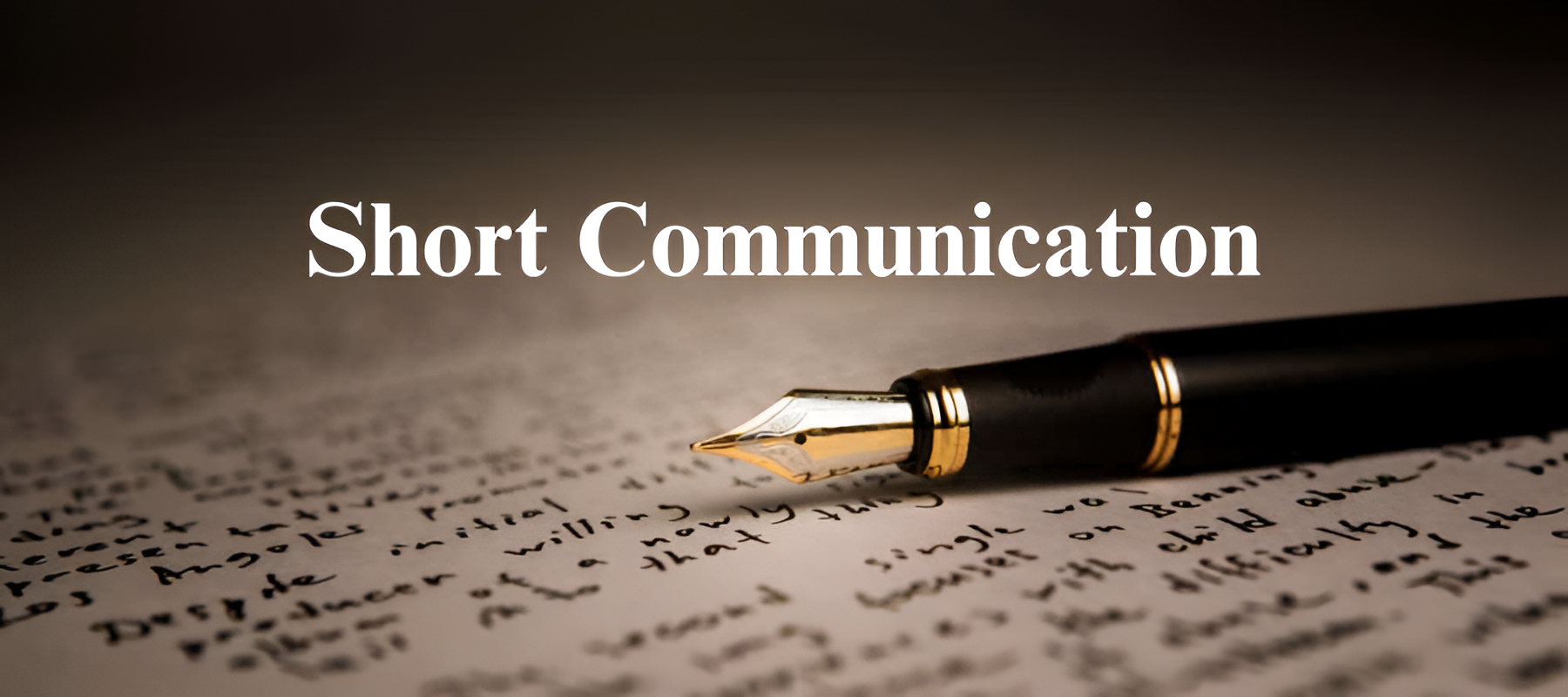


Prioritizes delivering information in a clear and efficient manner by eliminating superfluous details. Focuses on precise language and brevity to convey the core message effectively. Ensures that each sentence contributes directly to the main point, making the content both succinct and impactful, without unnecessary elaboration.
Clear communication is essential in academic writing. Our UGC journal publication service emphasizes clarity and precision by eliminating ambiguity and simplifying complex phrasing. We help researchers present their findings effectively, ensuring their work is understood, impactful, and ready for successful publication.
Establishes the article’s main objective from the beginning, providing a clear roadmap of what the reader will learn and why it is important. Ensures that each section aligns with this goal, maintaining focus and coherence throughout. This clarity helps readers quickly grasp the article's intent and relevance.
Concentrates on a specific topic or issue, avoiding unrelated information. Delivers in-depth analysis on the chosen subject, ensuring that all content is directly relevant. By maintaining a narrow focus, the article provides a through and detailed exploration of the topic, enhancing both clarity and impact.
Ensures a coherent and organized structure by arranging information in a clear, logical sequence. Uses smooth transitions between sections to guide the reader through the content seamlessly. This approach helps maintain clarity, making the argument or narrative easy to follow and understand from start to finish.
Provides practical recommendations or actionable insights that readers can implement directly. Focuses on delivering clear steps or advice based on the information presented, ensuring that the content not only informs but also empowers readers to take meaningful actions or make informed decisions.
Enhances readability and engagement by incorporating formatting tools such as headings, bullet points, and visuals. Uses layout elements effectively to break up text, highlight key points, and make the content visually inviting. This approach improves overall comprehension and keeps the reader’s attention focused.
Provides a concise recap of the main points discussed, reinforcing the core message. Expert PhD Conclusion Writing Assistance ensures key findings are summarized effectively, offering a clear and impactful conclusion that highlights the topic’s significance and academic implications.
Begins with a compelling introduction to capture the reader’s interest immediately. Uses an intriguing fact, question, or anecdote to draw in the audience and set the tone for the article. This approach creates curiosity and encourages continued reading by establishing relevance and engagement from the start.
Tailors content to the specific needs, interests, and knowledge level of the target audience. Considers their background and preferences to ensure relevance and comprehension. Adapts language, examples, and presentation style to engage readers effectively, making the information more applicable and impactful to them.
Create a succinct and informative title that captures the core topic of the article. Our Title Selection guidelines help you craft titles that are engaging, descriptive, and reflective of your content—clearly indicating the article’s focus and scope while attracting reader interest.
Summarize the article's main points, including the purpose, methods, key findings, and conclusions, in a concise overview. This brief section should provide readers with a clear snapshot of the content, allowing them to quickly understand the article’s relevance and scope.
Our PhD Introduction Writing Service helps outline the topic’s relevance, provide essential background, and state the article’s purpose. We craft compelling introductions that engage readers and highlight the significance of the research focus from the very beginning.
Describe the approach and procedures used in the study, including data collection techniques and analysis methods. Provide enough detail to allow replication of the study, ensuring clarity in how the research was conducted and how results were obtained.
Present the key findings of the study clearly and succinctly. Focus on the main data points and outcomes, highlighting significant patterns or trends. Avoid detailed explanations, emphasizing the most relevant results that support the article's conclusions.
Interpret the results, explaining their implications and significance. Relate findings to existing research, discussing how they contribute to the field. Address any limitations and suggest potential applications or areas for further research to enhance understanding of the topic.
Summarize the main findings and their broader implications. Reinforce the significance of the results, offering clear insights or recommendations based on the study. Provide a concise wrap-up that highlights the article's key contributions and relevance.
Expert References editing services ensure accurate, complete citations in standardized formats. This upholds academic integrity, helps readers locate original sources, and provides a solid scholarly foundation for continued research and professional publication.
A: A review article summarizes and synthesizes existing research on a specific topic, providing a comprehensive overview of current knowledge, trends, and gaps. It evaluates and integrates findings from multiple studies to offer insights and recommendations.
A: The main types include systematic reviews, which follow a structured methodology to evaluate evidence; narrative reviews, which provide a broad overview of the topic; and meta-analyses, which use statistical methods to combine data from multiple studies.
A: Select a topic based on existing research gaps, relevance to your field, and personal interest. Ensure the topic has sufficient literature to review and contributes valuable insights to the academic community.
A: A systematic review follows a rigorous, predefined methodology to assess and synthesize research findings systematically. A narrative review provides a broader overview without strict methodological constraints, often highlighting key themes and trends.
A: Use academic databases and search engines to gather relevant studies. Apply specific search terms, filters, and inclusion criteria to ensure you cover all significant research. Document your search strategy and selection process for transparency.
A: The methodology section should describe the search strategy, inclusion and exclusion criteria, data extraction process, and analysis techniques. It should outline how studies were selected and evaluated to ensure the review's validity and reliability.
A: Adopt a transparent methodology, include a diverse range of studies, and critically evaluate all relevant research. Avoid cherry-picking data, and consider potential conflicts of interest to maintain objectivity and credibility.
A: Organize the review with a clear structure, use concise language, and highlight key findings and implications. Incorporate visual aids like tables and figures to present data effectively and maintain reader interest.
A: Common challenges include managing a large volume of literature, maintaining objectivity, avoiding bias, and synthesizing diverse findings into a coherent narrative. Address these by following a rigorous methodology and seeking feedback from peers.
A: Choose a journal that aligns with your topic and scope of the review. Consider the journal's audience, impact factor, and submission guidelines. Review previously published articles to ensure compatibility with your work.